What is the tolerance range of precision screws?
What is the tolerance range of precision screws?
Service Hotline
+86760-8787 8587We have more than ten years of experience in screw industry production. The main products are: butterfly bolts, manganese steel split elastic pins, high-strength blackened 10-grade fine pitch hexagonal nuts, internal and external teeth without intervening nuts, 8.8-grade high-strength nuts, 30 bolt screws , Nickel-plated cap nuts, six-star plastic screws, hexagonal studs, box nuts, steel structure torsion screws, cabinet nut screws, T-shaped marble nuts, custom-made T-shaped nuts, externally threaded through-hole screws, etc. Due to the different materials and specifications of the products, the prices are also different, if necessary, please contact us.


In another embodiment of Guangdong Yueluo Hardware Industry Co., Ltd., the slotting device 4 includes a motor 41 and a motor 43, the cutting wheel 42 is fixedly arranged at the output end of the motor 41, and the motor 41 drives the cutting wheel 42 to rotate to open the screw. slot, the motor 43 is fixedly arranged on the workbench 1, the motor 41 is arranged on the motor 43, a track 47 is arranged between the motor 41 and the motor 43, the motor 41 can reciprocate through the track 47, and when the screw is slotted, the motor 41 drives the cutting wheel 42 to move in the direction of the screw. When the slotting is finished, the motor 41 drives the cutting wheel 42 to retract. The fixed wheel 48 is arranged at the output end of the motor 43. The fixed wheel 48 is located directly below the cutting wheel 42. The surface of the middle screw is in contact, and the motor 43 drives the fixed wheel 48 to rotate to grind and polish the surface of the slotted screw to make the surface smooth. Preferably, the direction of rotation of the cutting wheel 42 and the fixed wheel 57 is opposite.
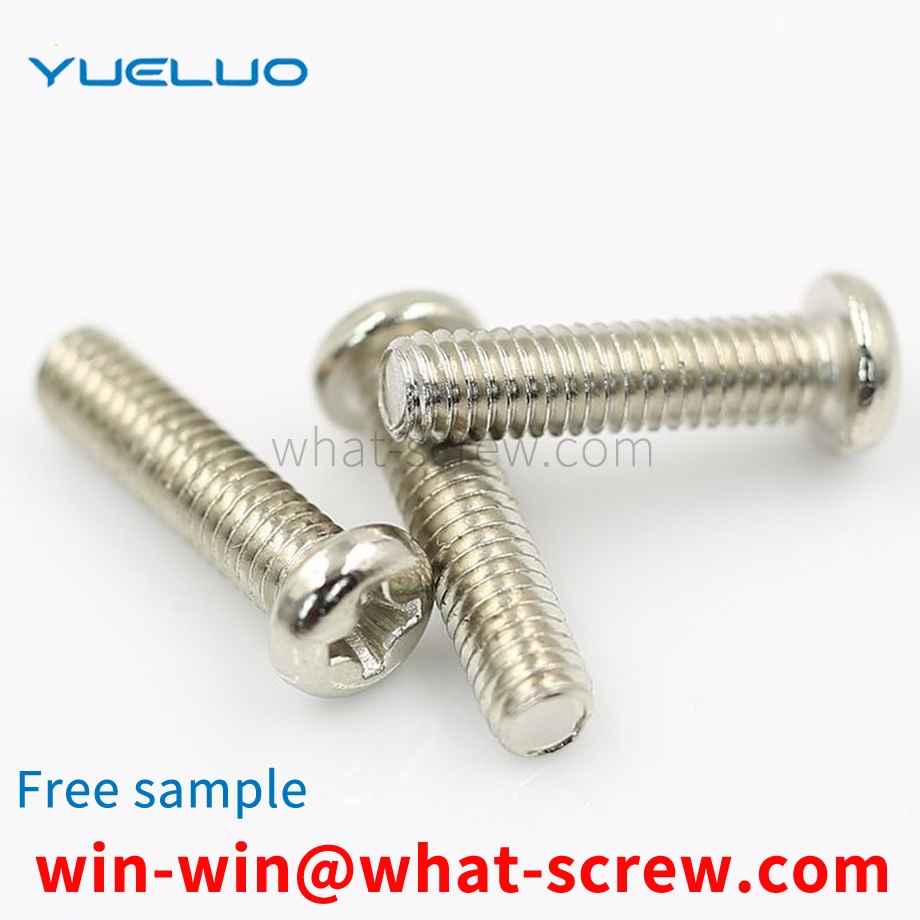
Although there are many types of self-tapping screws, they all have the following common points: (1) They are generally made of carburized steel (accounting for 99% of the total output). Also available in stainless steel or non-ferrous metals. (2) The product must be heat treated. Carbon steel self-tapping screws must be carburized, and stainless steel self-tapping screws must be solution hardened. In order to make the self-tapping screw meet the mechanical properties and performance required by the standard. (3) The product has high surface hardness and good core toughness. That is, inner softness and outer rigidity. This is a major feature of the performance requirements of self-tapping screws. If the surface hardness is low, it cannot be screwed into the matrix; if the toughness of the core is poor, it will break as soon as it is screwed, and it cannot be used. Therefore, inner soft outer steel is a very important requirement for self-tapping screws to meet the performance requirements. (4) The surface of the product needs surface protection treatment, generally electroplating treatment. The surface of some products must be treated with phosphate (phosphating), such as wallboard self-tapping screws are mostly phosphated. (5) Produced by cold heading process. It is recommended to use high-speed cold heading machine and high-speed thread rolling machine or high-speed planetary thread rolling machine for production. The emphasis here is on high speed to ensure product quality. Only self-tapping screws produced by high-speed machines have well-formed heads and high-quality threads.
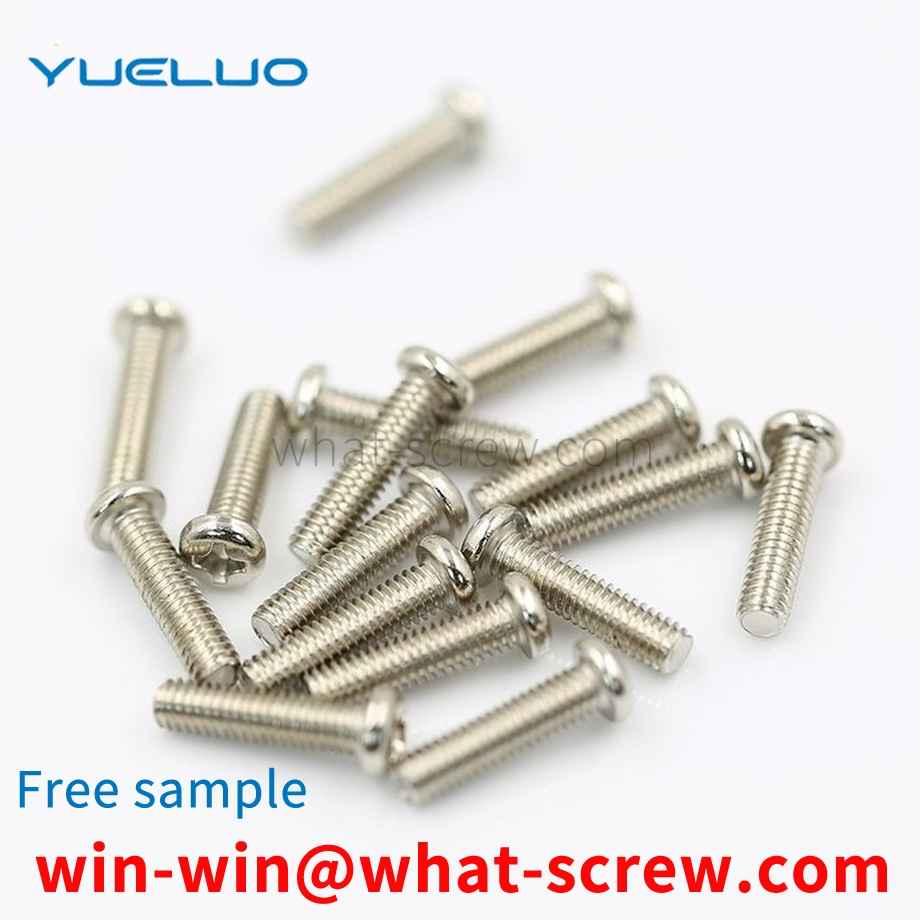
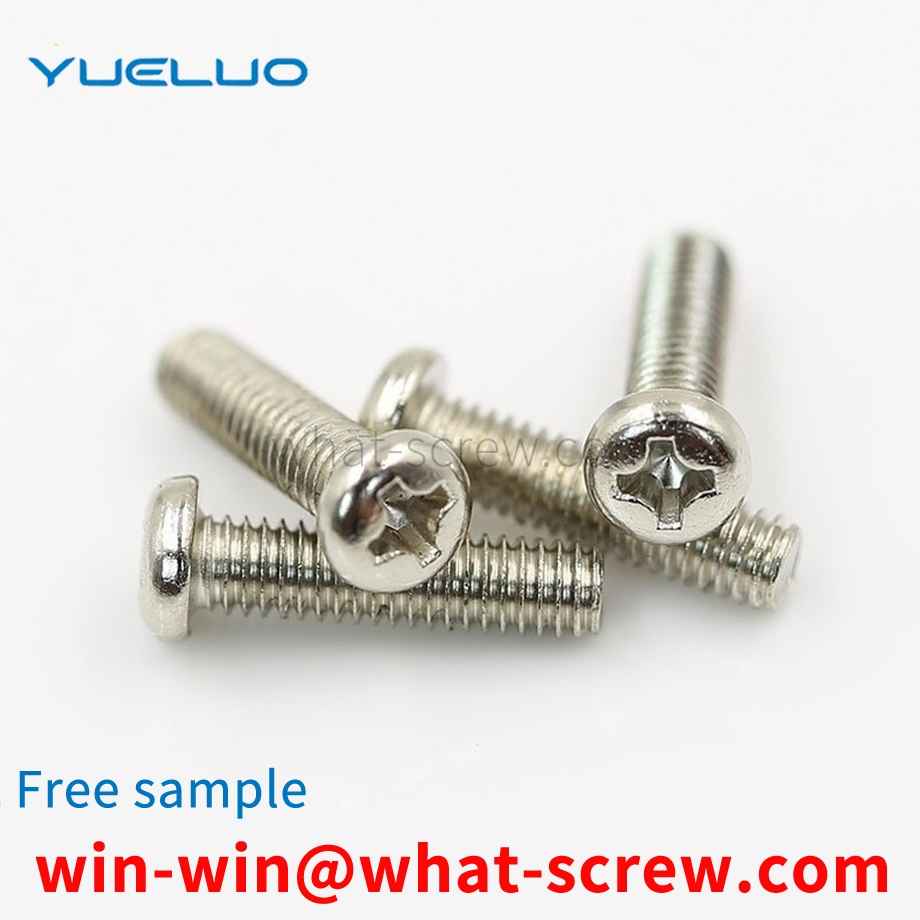
A T-bolt. This kind of bolt includes a bolt shank and a bolt head, and the bolt head adopts a special cylindrical bolt head, which can be suitable for installation and cooperation of various sizes. Although the shape of such a bolt head is greatly improved compared to the square bolt head in the prior art, the cylindrical bolt head is particularly inconvenient to install, and special installation tools must be used for installation. If the manual direct installation method is adopted, since the force area of the finger touching the side of the cylinder is small, it will increase the difficulty of the installation work and needs to be improved.
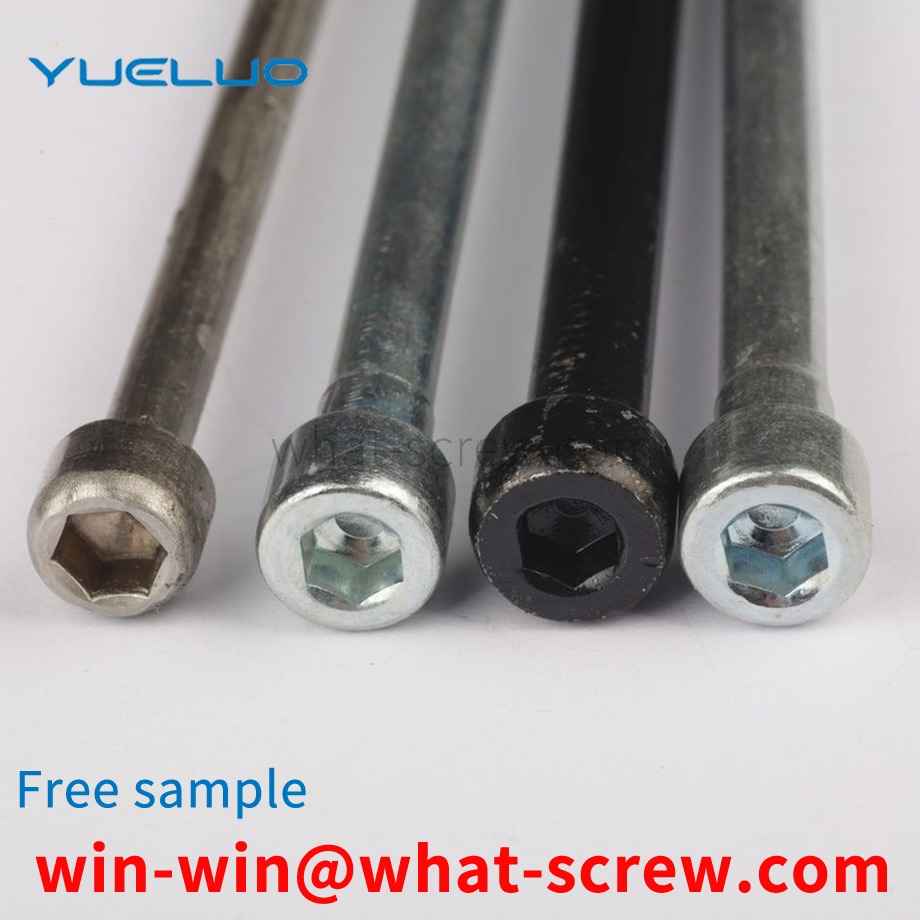
Screws are commonly found in machinery, electrical appliances and buildings. They are generally made of metal or plastic, cylindrical in shape, and grooves engraved on the surface are called screw threads. The main function of the screw is to join two objects, or to fix the position of an object. Screws can often be removed or re-tightened at will without compromising their efficiency. Generally, the diameter of the top of the screw is larger, and the common ones are round, square or regular hexagon. If the top is regular hexagon, you can turn the screw with a wrench. If the top is round, there will also be grooves on the front of the top, which is convenient for use screwdriver to turn the screw. *The common grooves are one-shaped, cross-shaped and square, and there are other shapes. The grooves of the existing screws are often easy to wear, which makes the screws inconvenient to use and causes the screws to be scrapped. In addition, because the screws have no chip removal The structure makes it difficult for the screw to penetrate other objects, which affects the efficiency of the screw.
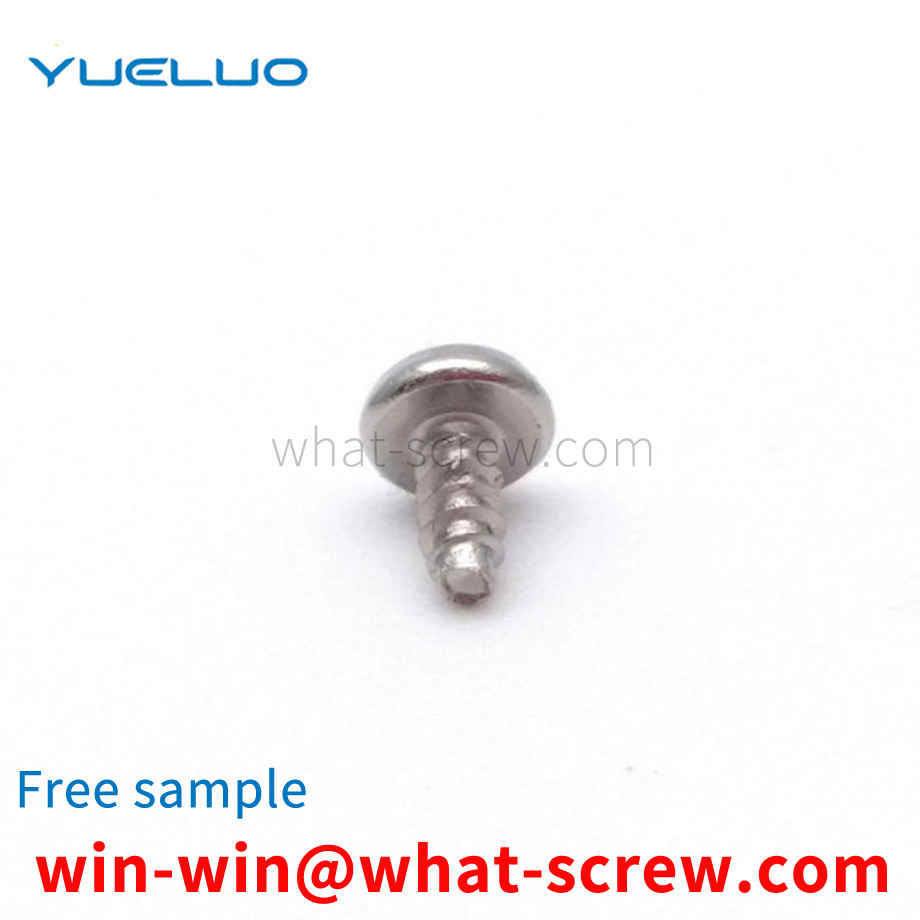
The above content is uploaded by Yueluo or the Internet. If there is any copyright issue, please contact [email protected].

What is the tolerance range of precision screws?

How to choose the right stainless steel screw manufacturer?

Why is there an R angle under the head of the hexagon head s...

We have more than ten years of production experience in the ...

We have more than ten years of experience in the production ...

We have more than ten years of experience in the production ...

We have more than ten years of experience in screw industry ...